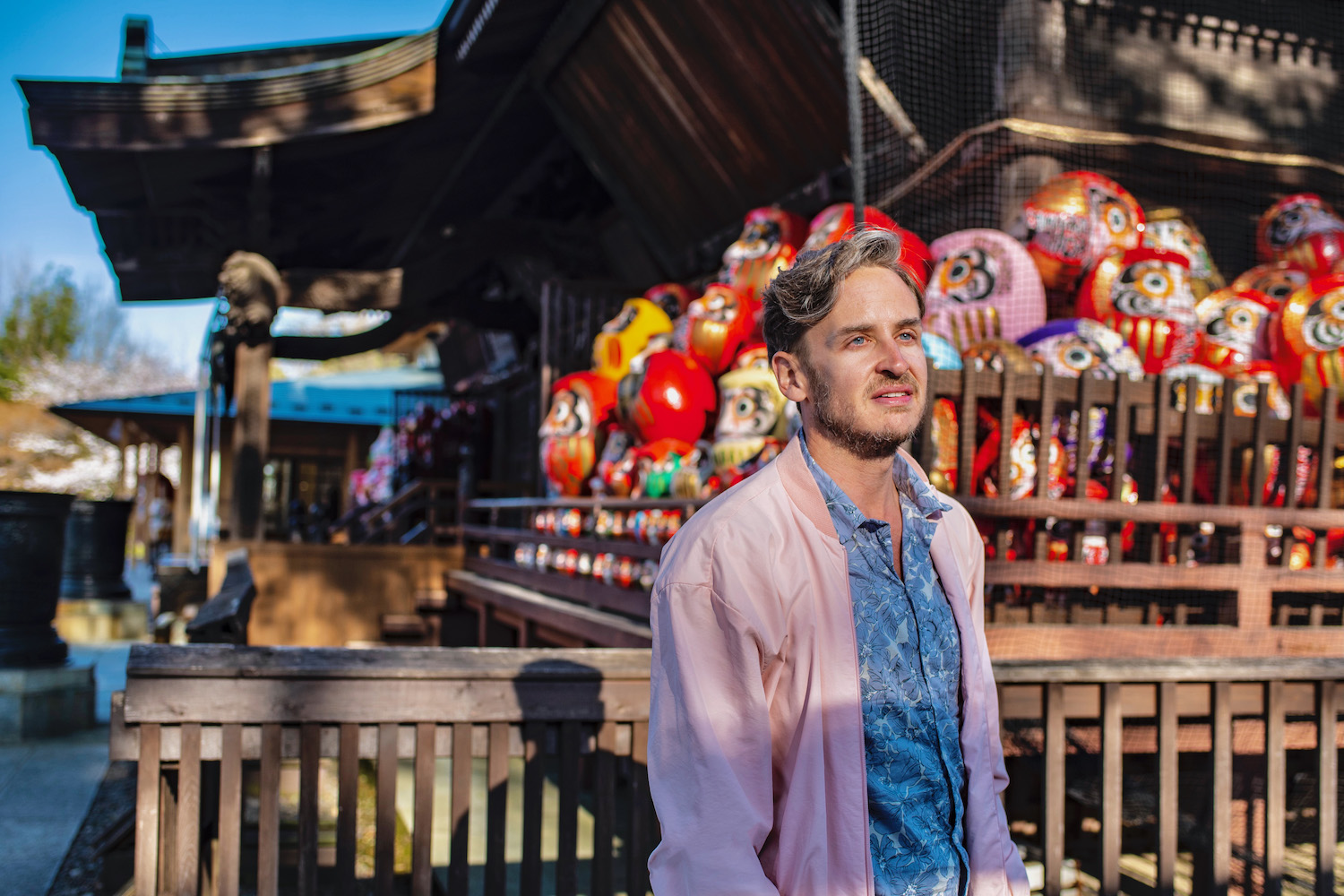Gunma was one of the first Japanese prefectures I ever visited, though I wasn’t really conscious of this at the time. It was 2014 and, as I’ve become wont to do on many trips since then, I capped off a few weeks in Japan with a night of relaxation at an onsen (in this case, Gunma’s Takaragawa).
Interestingly, many of my return trips to Gunma-ken have taken the same form. In other words, I was there incidentally, or on the way from one place to another. It was only recently that I intentionally explored the prefecture, and stayed overnight in a city that wasn’t a hot springs village.
No matter why you’re visiting and how experienced a Japan traveler you are at this point, I think you’re going to find my Gunma travel guide useful. Let’s get started, shall we?
Where to Stay in Gunma
When it comes to Gunma hotels, there are basically two approaches that you can take. If, like I was on my first few trips, you’re bound for an onsen town, you can simply stay there. This is true whether your hot spring destination is self-contained (such as Takaragawa Onsen Osenkaku) or whether you’re found for a place like Kusatsu Onsen, which is home to multiple hotels (I like Soumeian, among others).
If you want to stay in “urban” Gunma, you’ll likely be basing yourself in Takasaki or Maebashi, or elsewhere in the large agglomeration that exists in the valley where you find them. Unsurprisingly, most hotel options here are Japanese “business” hotels, including the Dormy Inn Maebashi and Hotel Metropolitan Takasaki. Simple and functional, but not especially memorable.
What to Do in Gunma
See sakura (and maybe tsutsuji) in Tatebayashi
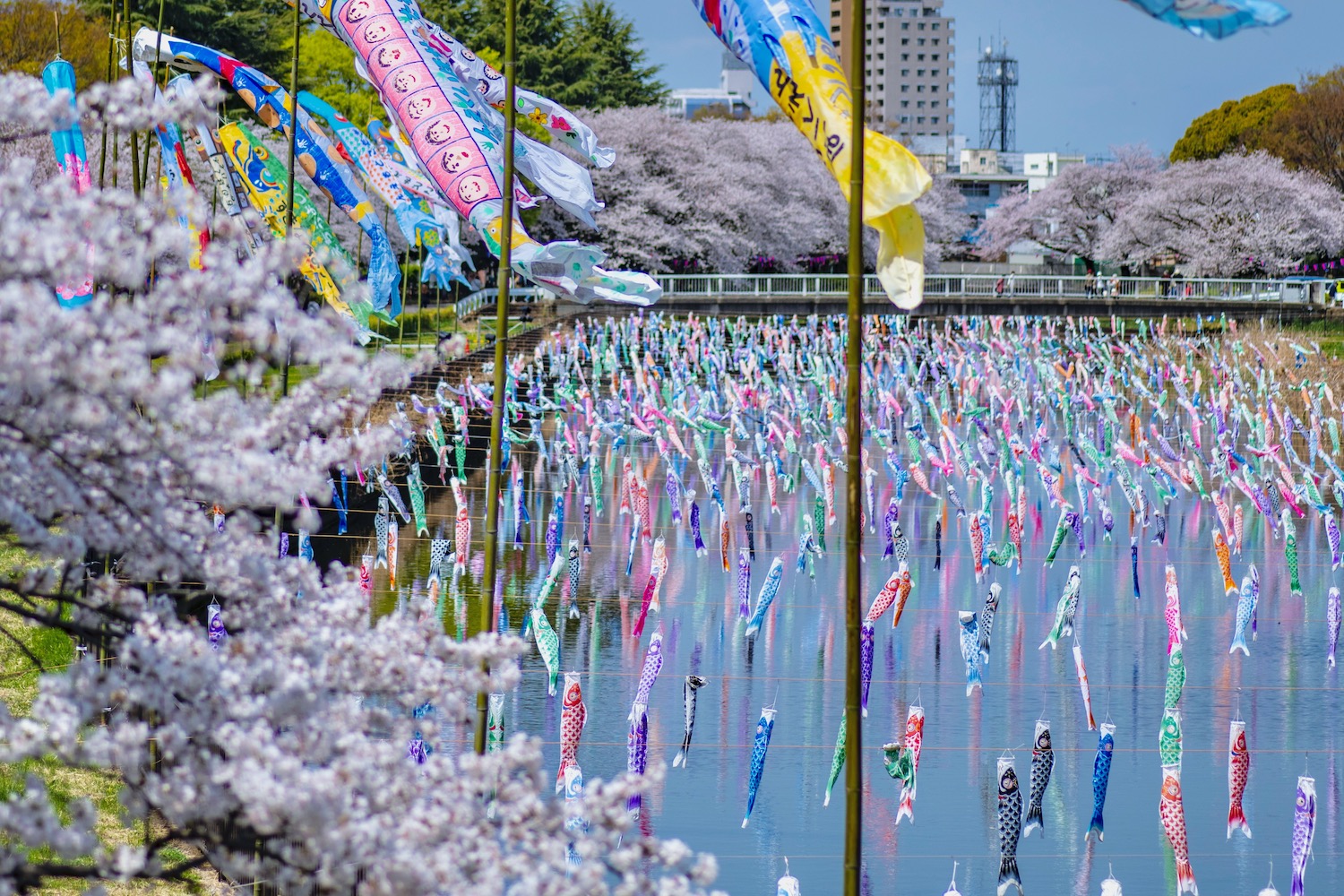
Tatebayashi is one of my favorite towns in Gunma-ken, and not just because of how few fellow tourists you’re likely to see there. If you happen to be there in spring, I highly recommend visiting the Tsuruuda River, where koinobori (carp streamers used to celebrate Children’s Day) fly amid billows of sakura. A few weeks later, nearby Tsutsujigaoka Park fills with fluorescent azaleas (tsutsuji in Japanese).
Soak in Takaragawa Onsen in autumn or winter
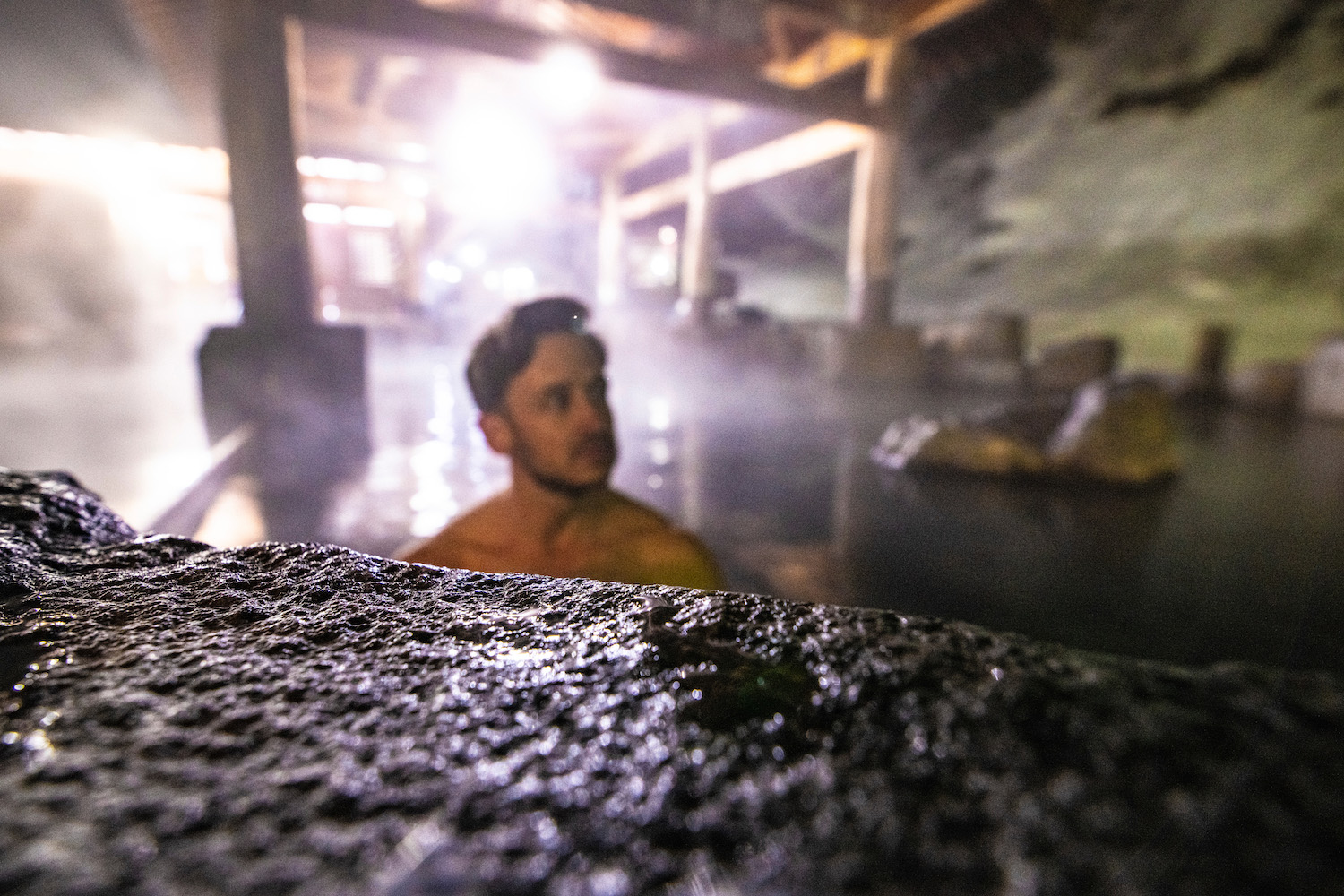
Whether part of a more comprehensive Gunma itinerary or as a standalone trip, I highly recommend visiting Takaragawa Onsen, which was my first (and still my favorite) hot springs experience in Japan. Although ostensibly in the town of Minakami, the best way to get here is riding the Joetsu Shinkansen to Jomo-Kogen Station, and then getting the hotel’s own shuttle from there.
(Or in Kusatsu Onsen the rest of the year)
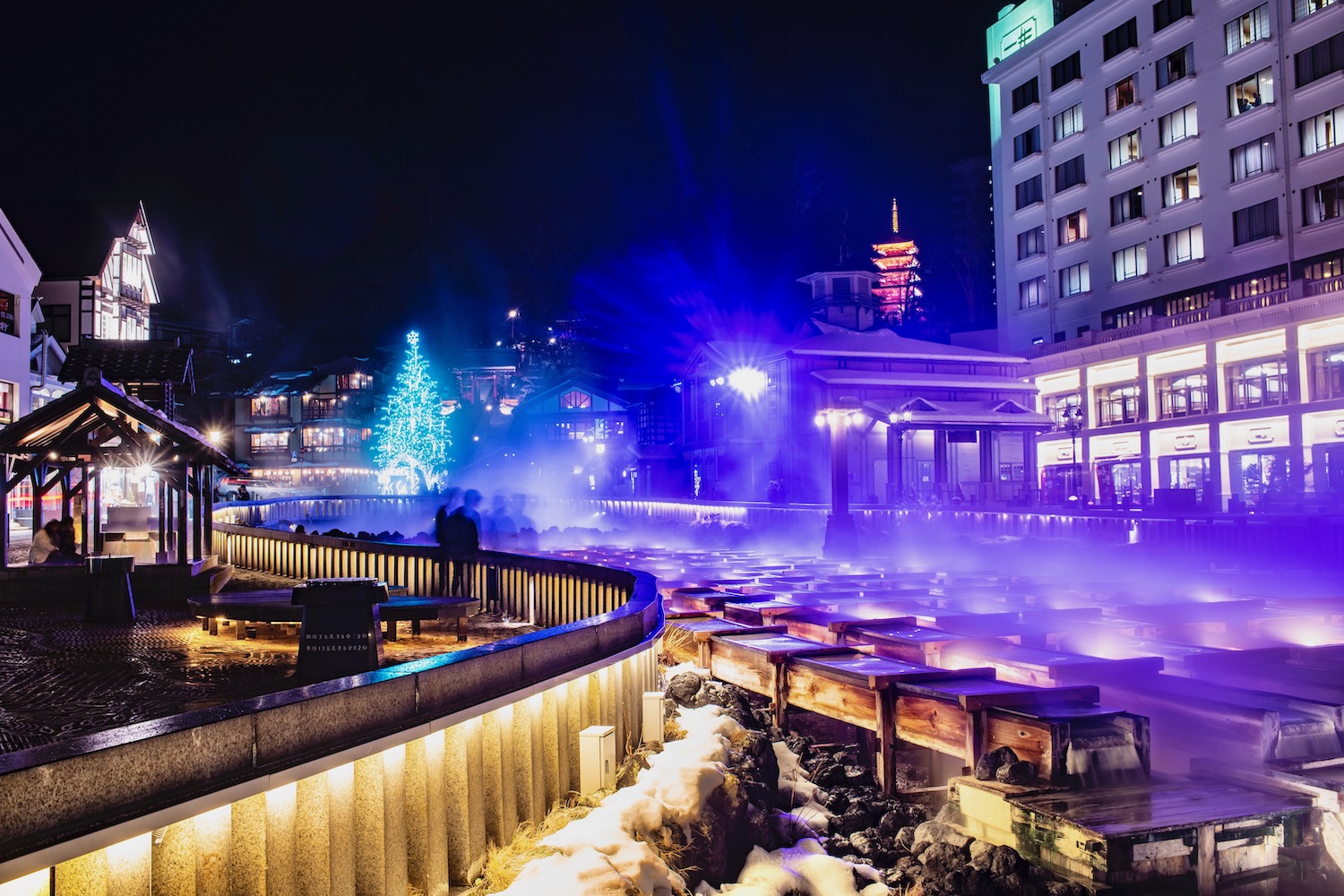
As you can see in the picture above, I most recently visited Kusatsu Onsen in winter. However, given that it’s a walkable town (centered around the unique, one-of-a-kind Yubatake water feature), it’s nice to visit anytime of year. Even in summer, given that this town (which is accessible by bus from Karuizawa Station) doesn’t get nearly as hot as the rest of Japan does.
Road trip through scenes straight out of Ghibli
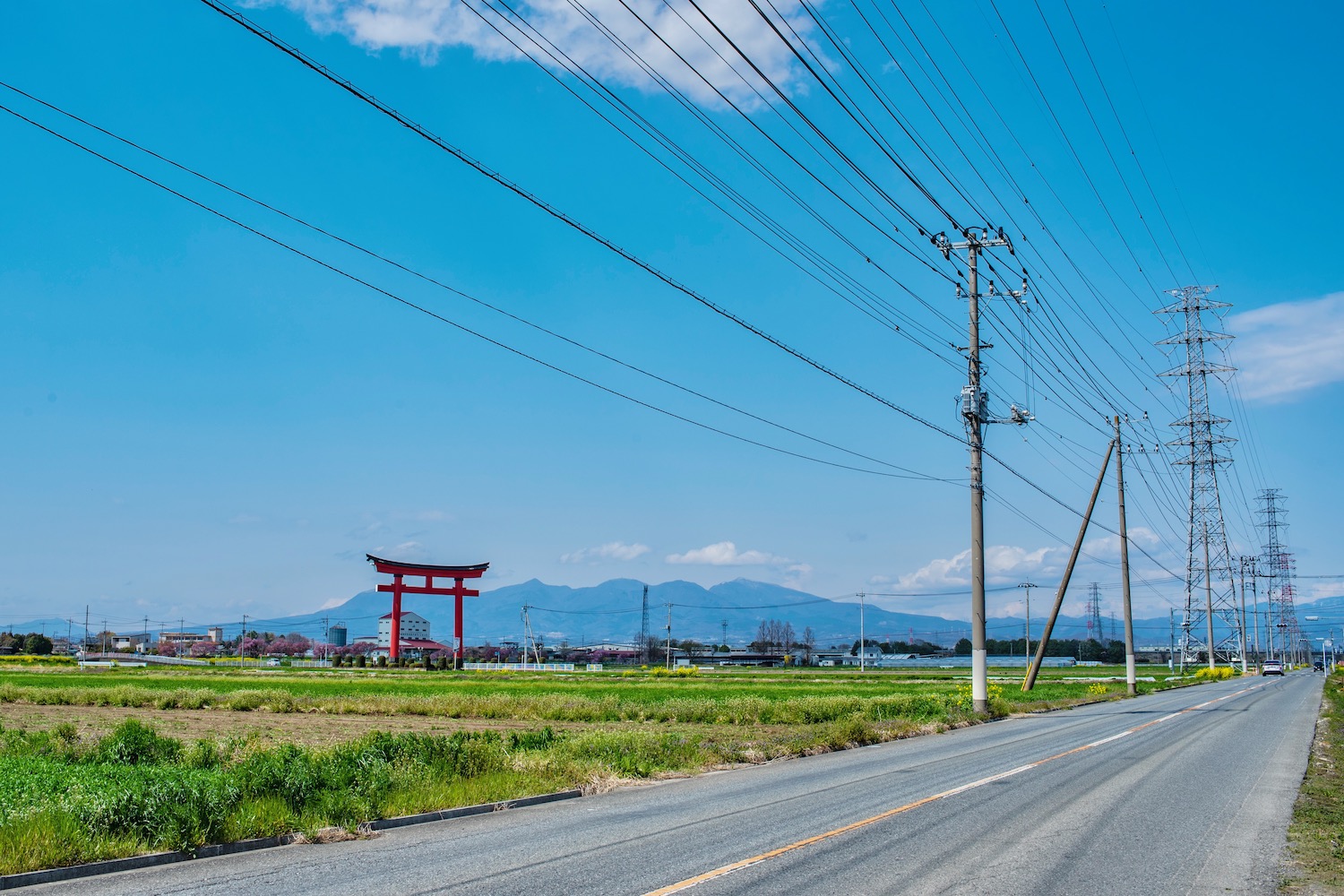
Some of the things to do in Gunma are not “attractions” at all, even if certain ones (I’m thinking in particular about the Koizumi Inari Shrine) will position you well for discovering its interstices. Whether it’s rapeseed-lined rivers with views of Mt. Fuji in the distance, or random torii gates rising over pastoral farm scenes, driving through Gunma will frequently make you feel like you’re in a Studio Ghibli film.
Don’t forget Takasaki and Maebashi
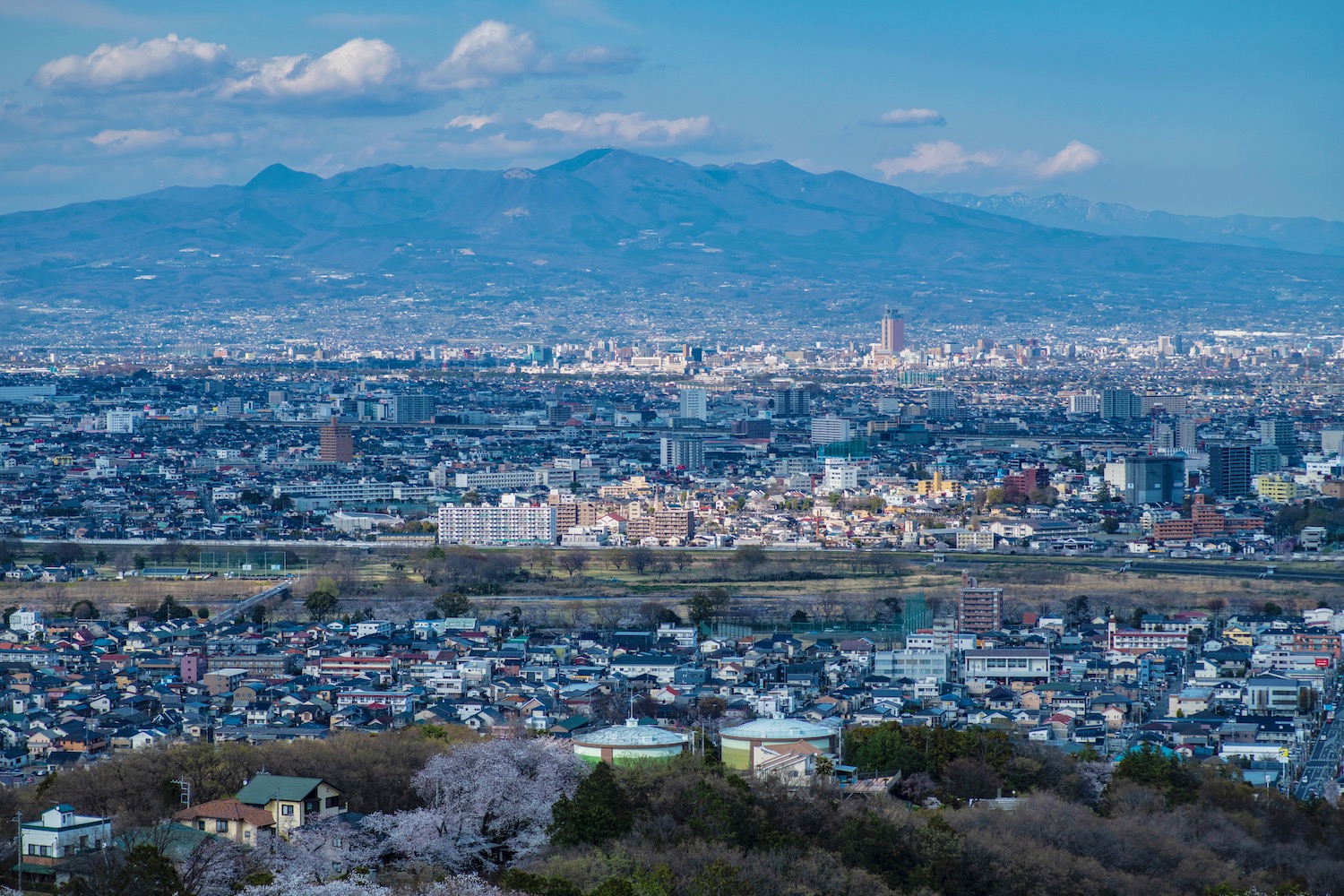
As cities, Takasaki and Maebashi are forgettable by Japanese standard, apart (perhaps) from their potential utility as base for exploring Gunma-ken. However, there are worthwhile attractions nearby, including Jigen-in (aka the Takasaki Daikannon statue), which stands garrison high over the cities, and Shorinzan Daruma-ji temple, which some people consider to be the origin of daruma lucky charms.
How Many Days Do You Need in Gunma?
Gunma is a place that, like me, you end up seeing piecewise. What I mean by this is that although I’ve spent probably a week in Gunma (and you can easily, absolutely stay a week in Gunma), I’ve gone so over the course of more than a decade. I’m glad I did, too, but I can’t imagine having spent all this time on just one trip. Well, maybe I can—but I’m not a normal traveler.
For most of those (normal travelers, this is) the “correct” answer for how many days in Gunma you should spend is somewhere between 1-3. A single night is best if the extent of your Gunma travelers is a relaxing stay at a hot springs hotel somewhere. With 2-3 nights, meanwhile, you can stay “in the city,” and also potentially rent a car and do some legitimate exploration.
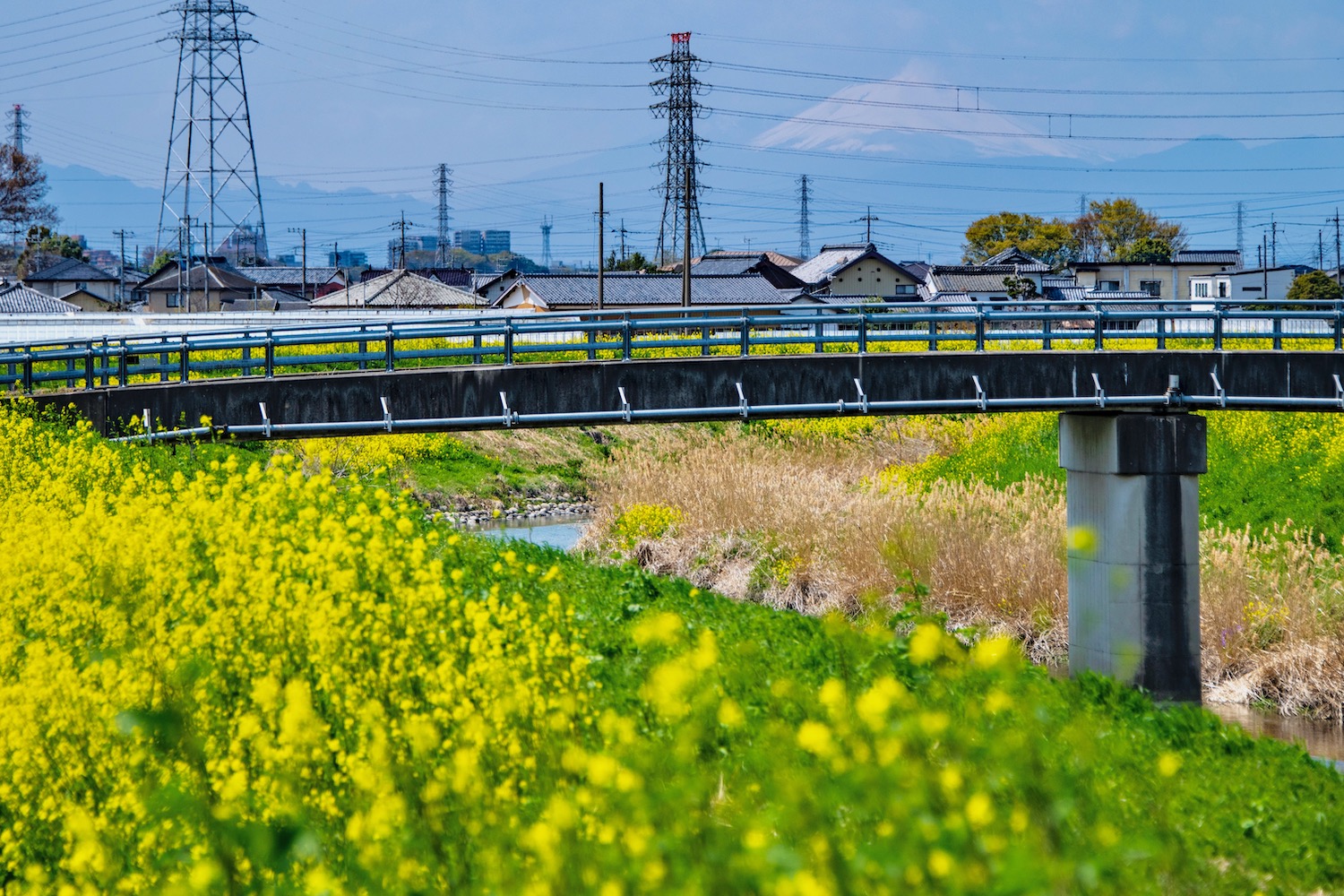
Other FAQ About Visiting Gunma
Is Gunma, Japan worth visiting?
Gunma is absolutely worth visiting, whether you come here for one of its famous hot springs, or explore not-so-famous destinations like Tatebayashi, Takasaki or Maebashi. Like many other places in Japan that are ostensibly “off the beaten path,” Gunma-ken has a very high travel ROI.
How to travel around Gunma?
Although the Shinkansen serves some places in Gunma, you’ll realistically need a car to explore much of the prefecture. Exceptions to this include onsen areas such as Minakami (a shuttle will take you here and back) and Kusatsu Onsen, a charming town that’s entirely navigable on foot.
How long to stay in Gunma?
Most travelers stay just a night or two in Gunma, initially, usually at one of its famous hot springs hotels. However, if you’re open to renting a car or are simply more curious than the average traveler, you may find that a stay in the neighborhood of 2-3 days suits you better.
The Bottom Line
My Gunma travel guide will help you plan any trip, whether you spend a day (or three) in the prefecture road-tripping around, or simply want to warm up in the hot springs of Minakami or Kusatsu. Although less well-known than other destinations in the general vicinity of Tokyo, Gunma-ken benefits from this as well—in many spots, there are virtually no foreign tourists. Gunma is also fabulous in any season, whether in winter amid heavy snowfall, or in spring with some of Japan’s most underrated cherry blossoms. Take your next Japan trip to the next level when you hire me to plan it.



